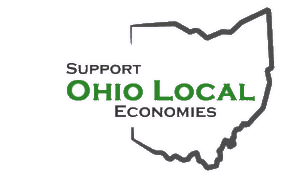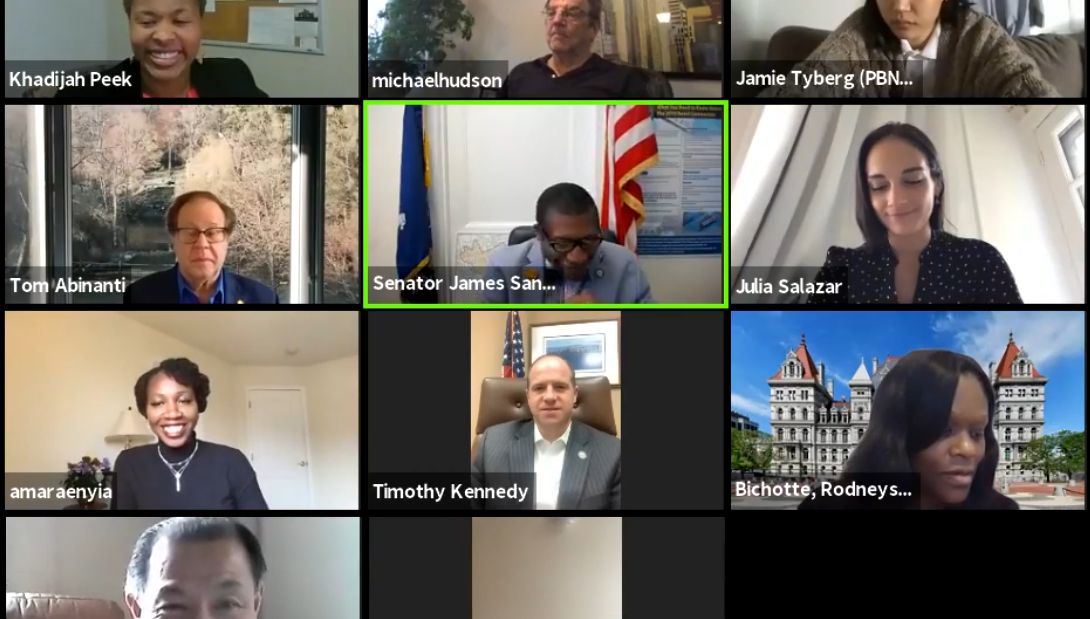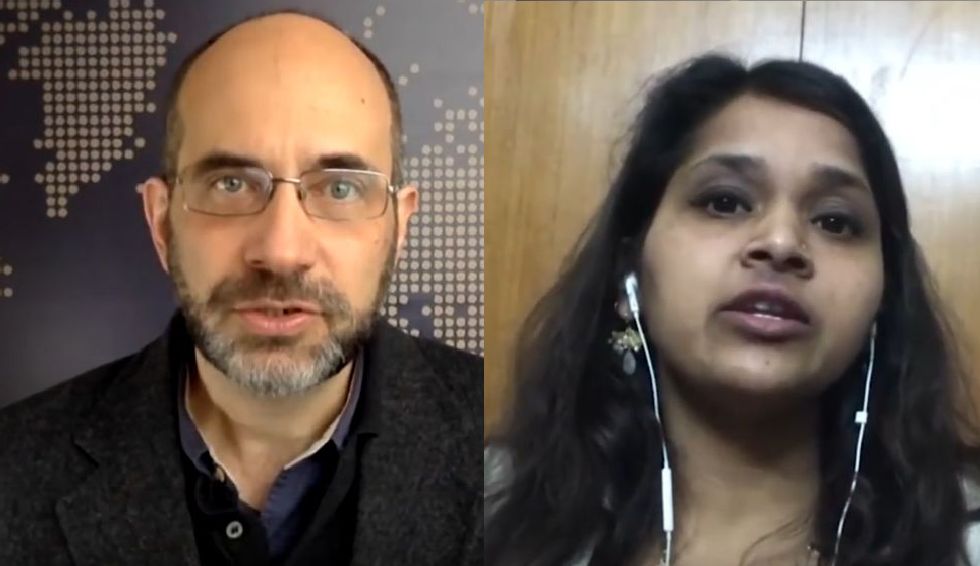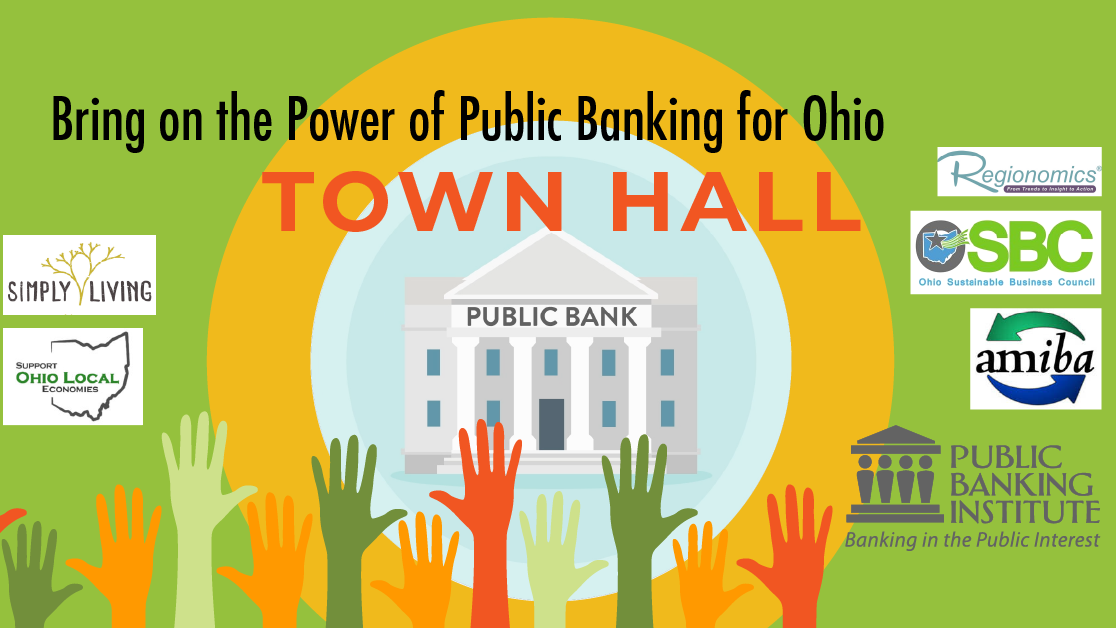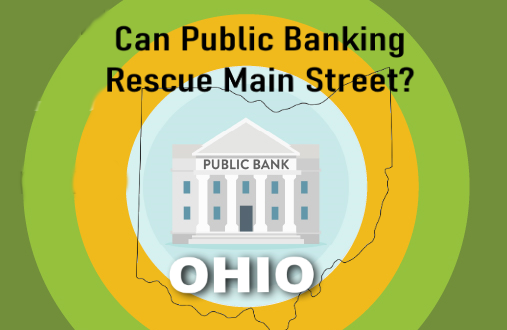Who will set policy for public banks? Who decides whether to approve loans? How are decision-makers insulated from bribes and financial or political pressure?
The governing legislators or lawmakers—whether at the state or municipal level—would make general policy decisions about public banks (and would likely have an advisory commission to consult), but day-to-day decisions would be made by the banks themselves—governed by their charters and subject to transparency and administrative review. Read More in detail on how this works with an operating public bank, the Bank of North Dakota.
Will a public bank compete with local banks in the area?
Founded in 1919, the Bank of North Dakota’s mission is to “promote agriculture, commerce, and industry” and “be helpful to and assist in the development of… financial institutions… within the State.”BND functions mainly as a “banker’s bank” — meaning that most of its lending is done in partnership with local banks and credit unions. Read more.
Comprehensive study by Cornell University strongly supports public banking model to finance needed infrastructure
WSJ Reports: BND Outperforms Wall Street
While 49 state treasuries were submerged in red ink after the 2008 financial crash, one state’s bank outperformed all others and actually launched an economy-shifting new industry. So reports the Wall Street Journal in 2014, discussing the Bank of North Dakota (BND) and its striking success in the midst of a national financial collapse led by the major banks. Read how and why BND outperformed during a resession.
Have a question about public banking? Comment below and we will get back to you and include them in our next meeting.
Subscribe to SOLE news to get the latest updates on public banking in Ohio.
